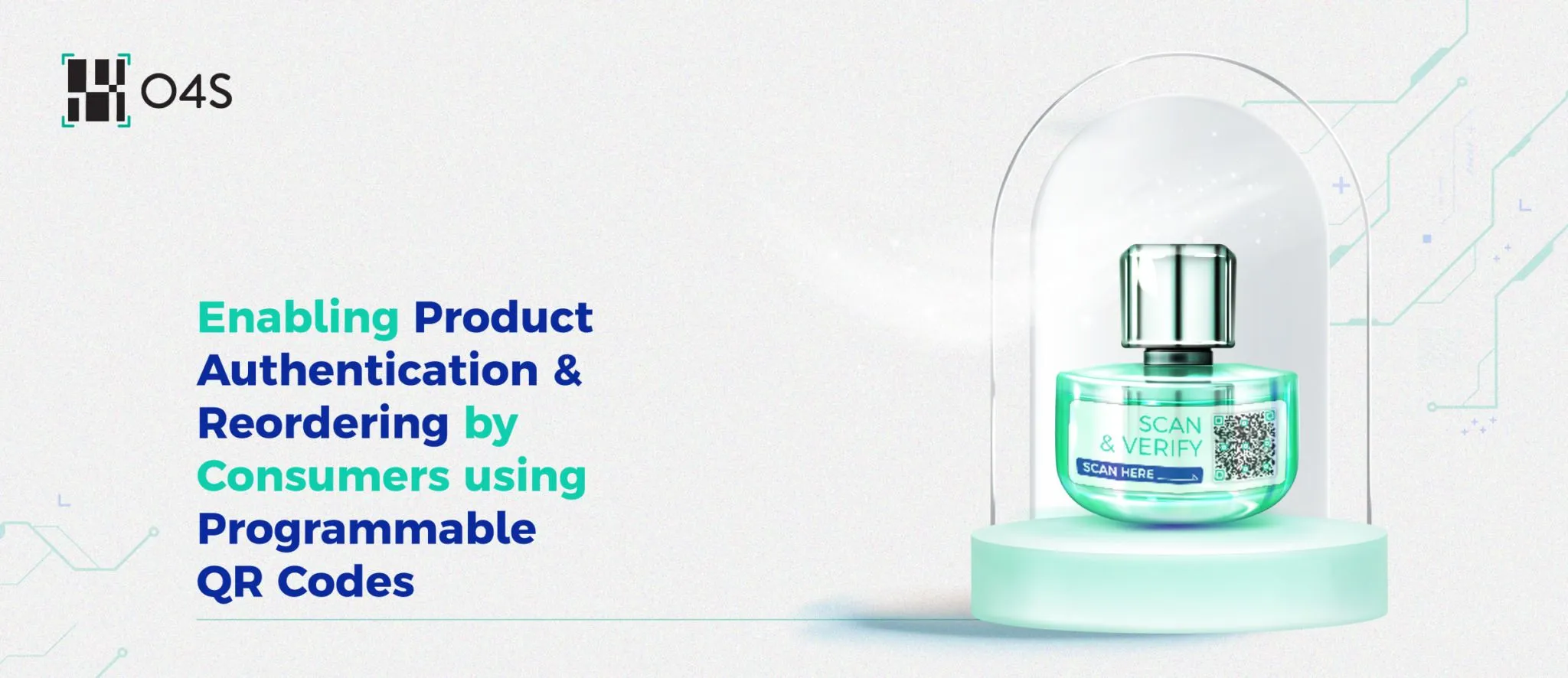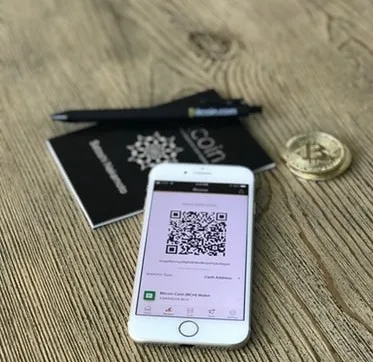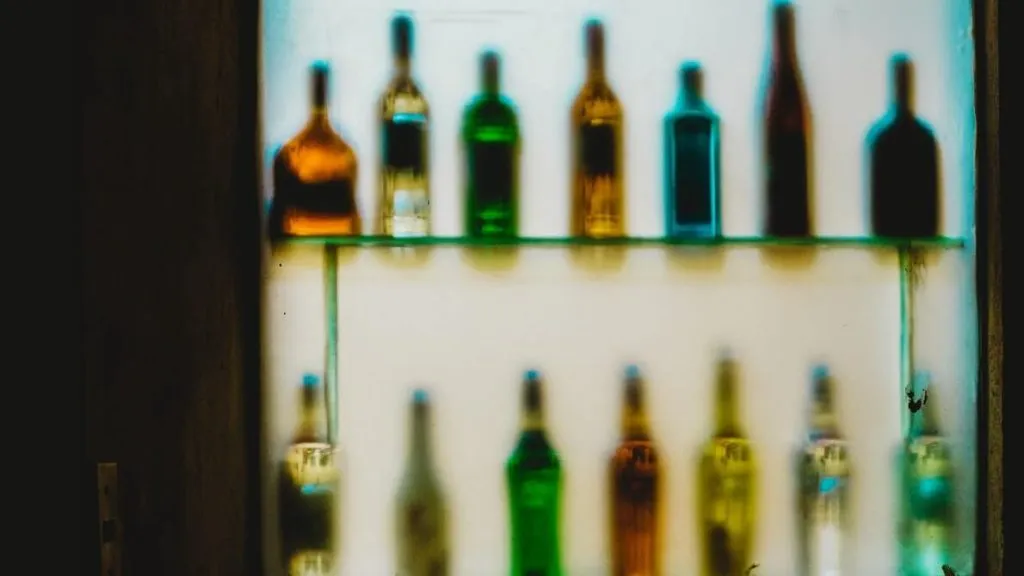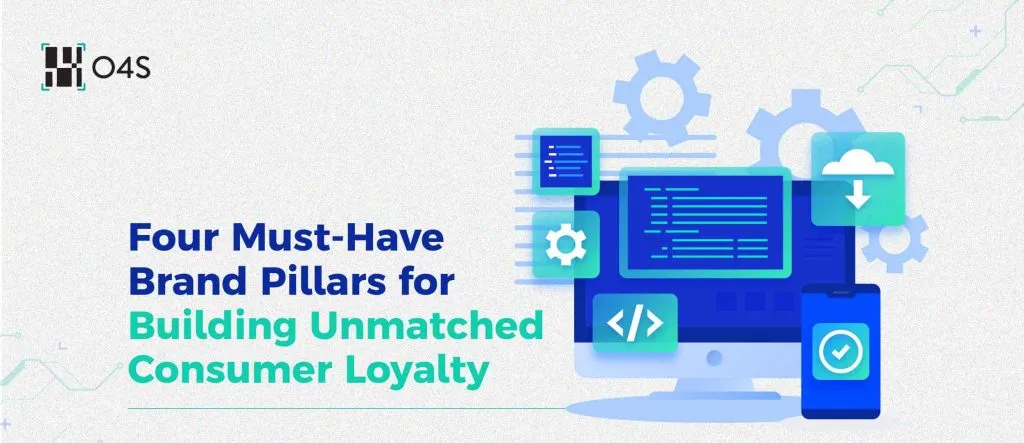The global perfume market opportunity is huge (USD 33.5 billion in 2021, expected to reach USD 47.6 billion by 2027) [1], and makes up about 10% of the overall cosmetics market (USD 380.2 billion). The traction owes itself to multiple factors: rising personal grooming trend “influenced” by social media; increasing demand for both youth-oriented, exotic perfumes, and product diversification by manufacturers trying to attract a larger consumer base. Aggressive advertising by brands adds fuel to the fire. The smoke from this fire attracts a lot of attention from counterfeiters, who want a piece of the pie for themselves.
In 2016, the cosmetics counterfeit market was valued at USD 5.4 billion which has since increased manifolds due to e-commerce trade exacerbated by the COVID-19 lockdown. According to L’Oréal, the consumption of beauty and personal care products, including fragrance and perfume, was strongly impacted by the closure of millions of points of sale (specialty stores, perfumeries, department stores, airport stores, etc.) [2]. This caused a supply shortage in the offline market, and “genuine” consumers turned to online marketplaces to fulfill their needs. These online marketplaces are full of fake cosmetics, and unsuspecting consumers fall prey in the absence of awareness and tools to authenticate products.
The problem becomes serious because the loss to consumers and businesses is not just monetary. Chemicals in fake perfumes have been proven to cause skin inflammation (best case) and liver cancer (worst case). These chemicals enter the body through the skin, where high levels of methanol (present in fake perfumes) convert to formalin which causes liver cancer, dizziness, headache, nausea, stomach pain, and vision problems. Direct contact with the eyes is even dangerous, causing blindness in a lot of cases. [3]
QR Codes To The Rescue
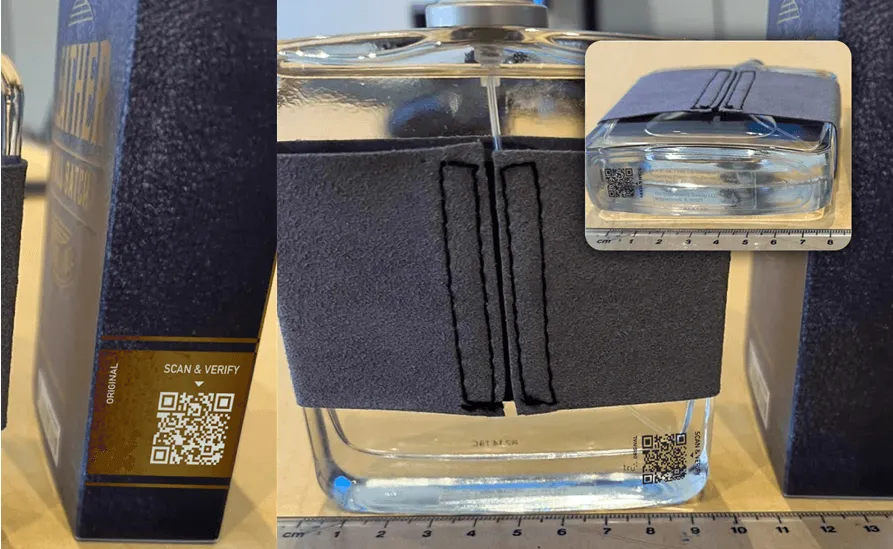
Necessity is the mother of invention, and this need has led many tech companies to come up with product authentication solutions, which are simple and cost-effective to implement, yet difficult to imitate. Unique and Programmable QR codes are one such technology, which not just helps consumers differentiate fake products from original ones but also helps engage consumers, educate them about the latest product offerings, and help them re-order products from legitimate channels. Every QR code has a unique ID and is programmable using cloud-based software. This QR code when scanned by a consumer using a smartphone camera or app, tells the consumer if the perfume is authentic. These QR codes can be applied to the product and packaging during manufacturing in a very cost-effective manner, without denting the margins of the manufacturer/brand. The authentication message on a website/app can be accompanied by additional multimedia for consumer awareness and a link to legitimate channels to re-purchase the product. Consumers can hence buy genuine items and keep verifying them at the time of purchase/delivery.
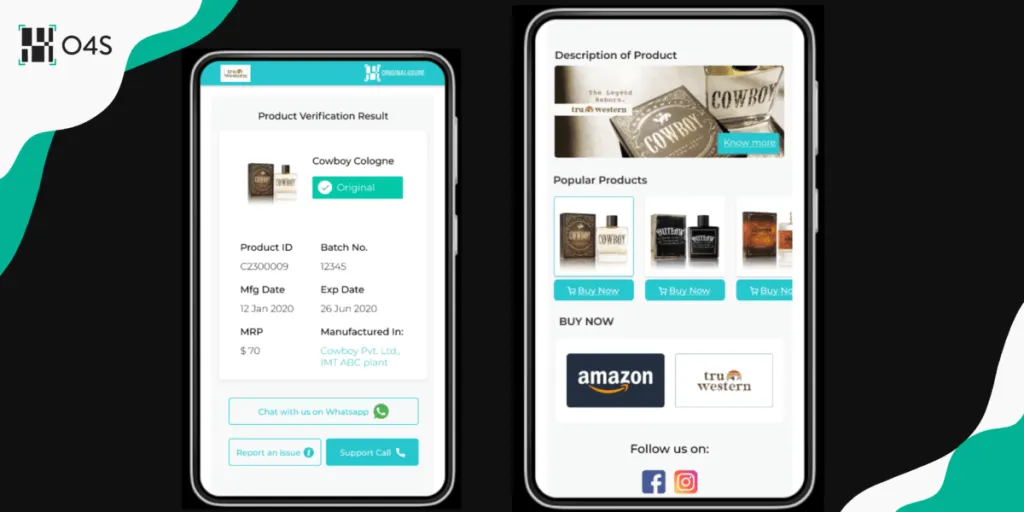
With competition in the industry increasing from both genuine and fake products, brands need to step up and help the consumers differentiate the genuine from the fake and keep them engaged. When engaged consumers are provided the option to buy products from authentic sources or tools to validate their purchases, then there are high chances of keeping them loyal and increase their lifetime value for the brand. Stiff competition and market dynamics will ensure that only brands that innovate and adopt solutions to solve this problem will thrive, and the rest would perish. Like always, the market will belong to those that go the extra mile to serve the interest of their consumers.
To know more about our Brand Protection Platform or watch it live in action, then schedule a meeting with our Solutions Expert here.
References
